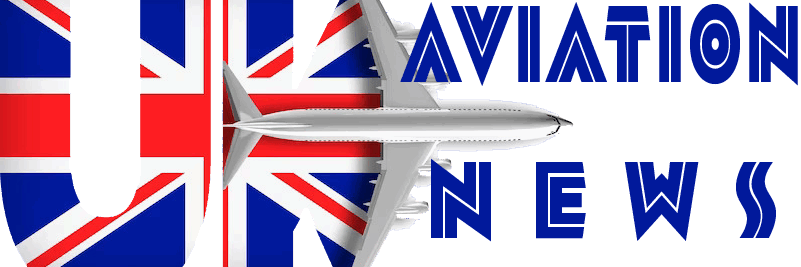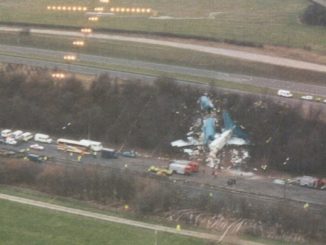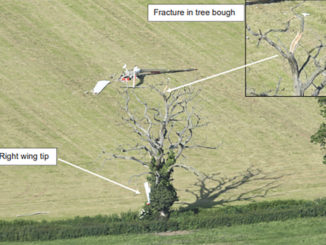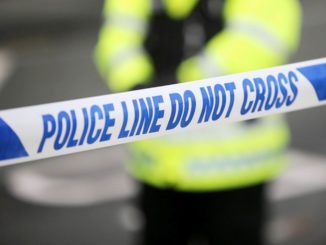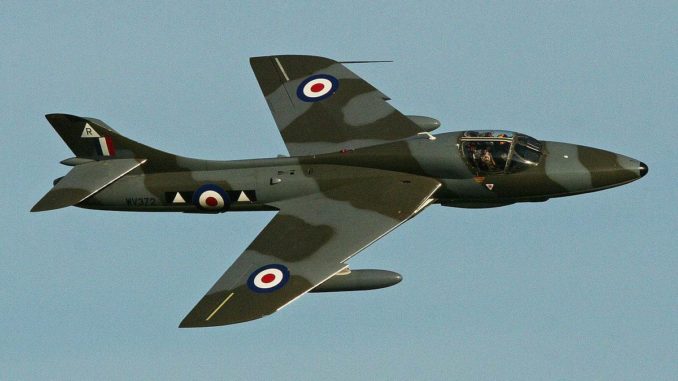
The formal report by the UK’s Air Accident Investigation Branch (AAIB) has concluded the aircraft did not reach the required height and speed to safely carry out the manoeuvre which resulted in the fatal crash at the 2015 Shoreham Airshow.
The report released today showed that to safely perform a “bent loop” with a 500ft safety margin the aircraft would need to reach a height of 3,500ft AGL (above ground level) and speed at the apex of between 100 and 150kts. At the apex the aircraft was at 2,700ft with an airspeed at the lower end of range of around 105kts.
The AAIB concluded that the reason the aircraft was lower than expected was due to it entering the manoeuvre at a lower than expected speed and full throttle not being applied or achieved on the upward part of the manoeuvre.
The Pilot, Andy Hill who survived the crash stated he usually flew the manoeuvre at full throttle and declared his desired entry speed for the maneuver was 350kts. During the upward part of the manoeuvre videos within the aircraft showed the engine power varied. The AAIB said “the fuel pump governor diaphragm showed significant signs of ageing and chemical attack such that it could no longer be considered airworthy” adding “an uncommanded reduction in thrust during the accident manoeuvre could not be ruled out.”
Andy Hill stated that he would abandon the manoeuvre had he not reached sufficient height or speed however he had not carried out training for that in the Hawker Hunter. The report also noted he had previously flown the routing and manoeuvres in a Jet Provost leading the AAIB to suggest that “It is possible that the pilot misread or misinterpreted speed and height indications during the manoeuvre, or recalled those for a different aircraft type“.
The AAIB produced an animation based on the evidence provided to them.
It is important to remember that it is not the job of the AAIB to “apportion blame or liability” but to state the facts of the accident, and contributing factors. The report sets out that height and speed during the manoeuvre are the main factors in the accident.
The report shows no single cause conclusively but appears to a poorly planned an executed manoeuvre, pilot confusion along with old and worn aircraft parts to be the main contributing factors. Those factors led to the reduction in height and speed that ultimately caused the tragedy which resulted in the death of 11 people.
The AAIB make 32 safety recommendations as a result of the accident most of which have already been actioned by the Civil Aviation Authority (CAA). Most of these relate to safety at airshow’s but also include safety issues surrounding ejection seats and drop tanks on vintage aircraft.
The CAA also issued a mandatory permit directive regarding the rubber coated diaphragm parts of fuel control units for Rolls-Royce Avon (and others) jets, the type which powers the Hawker Hunter. The directive required owners/operators of these engines to ensure the diaphragms were fit for service and to ensure that during periods of inactivity that the fuel system was run to reduce and prevent degradation.
As the crash happened on a public road, Pilot Andy Hill has been questioned voluntarily by Sussex Police who have not announced any charges following their investigation which is ongoing.
The report in full is available from the AAIB
